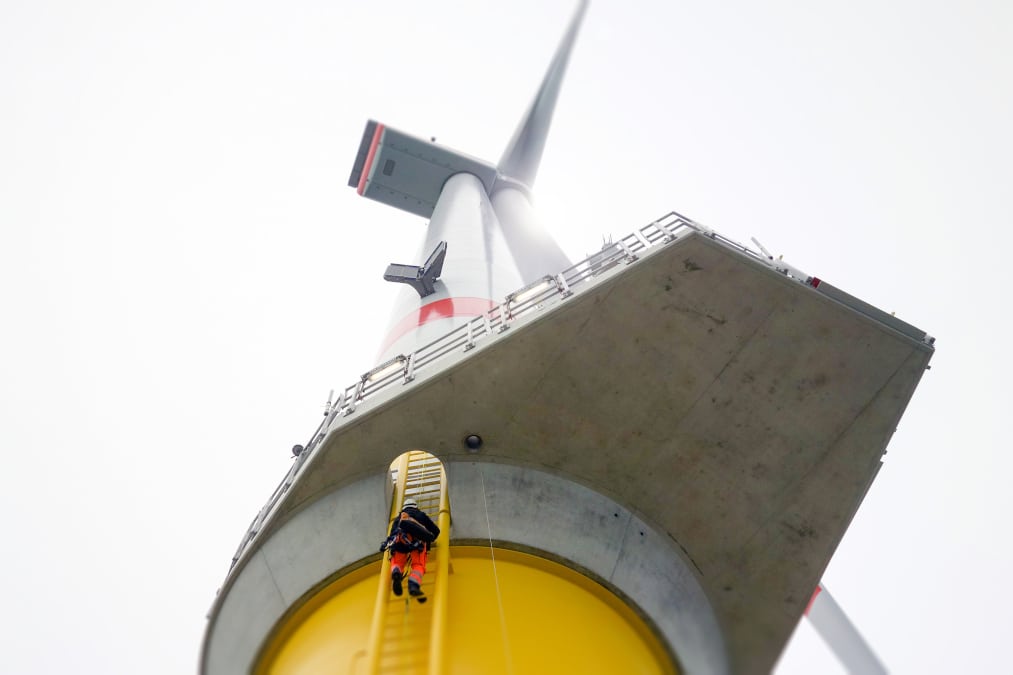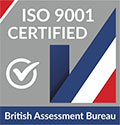When your offshore wind farm has an emergency medical situation that requires the extraction of an injured employee, every minute counts.
Getting the injured employee from the point of injury to a hospital requires quick action. This process can be more complicated if the injury occurs in a difficult to access area like a wind turbine.
Different Situations Determine How Long it Takes to Extract an Injured Employee
If the injured employee is mobile and medics can move them to the helideck on an installation, then extraction is simple. If they are in the nacelle of a wind turbine, it can take up to an hour to get them to a point where extraction can occur.
To ensure that your employees can be safely and quickly extracted, your offshore wind company should form a strong partnership with a workplace health and safety provider that offers a comprehensive list of services that includes medical extractions or evacuations.
You need a strong medical services partnership to assess the risks to your employees’ health and safety and the impact their work activity has on these risks.
This includes assessing scenarios where extraction may have to take place.
Identify and Address Workplace HazardsÂ
As mentioned, you might want to think about identifying and addressing workplace hazards. It can also be a good idea to monitor and review your workforce’s health.
For these reasons, you ought to give serious consideration to integrating occupational health into your health and safety management strategies. A comprehensive provider’s health surveillance from a medic supported by a panel of topside doctor specialists is an ideal set up.
A workplace health and safety provider that provides a full range of medical services is able to:
- Offer suggestions on the preparation of first aid and emergency medical services.
- Provide health education and promotion.
- Utilize topside support to receive world-class medical advice and resources from actively practicing, board-certified emergency and specialist physicians at any location in the world, at any time.
- Recommend comprehensive rehabilitation services after illness or injury.
Remember, because of the challenging conditions of offshore wind, every minute counts. The medical resources you have available to you can make a big difference in achieving desirable results.
Time Matters, so Does Medical Equipment and Skills
Your medical supplies and equipment cannot fail you when minutes matter. You should identify equipment with sturdy packaging and a long shelf-life to get value and simplicity when managing supplies.
You should seek out a partner who has a team of medics with the ability to operate in remote areas and provides them with the proper specialist medical kits.
They should be able to offer you medics trained in extraction with rope rescue qualifications. They need to demonstrate that their team can stabilize the patient on-site before safely overseeing the extraction and evacuation of the patient to a hospital.
Planning For and Responding to Medical Emergencies
When you’re in an environment where every minute counts, you need to have a full medical emergency response plan (MERP). Emergencies can arise when you least expect them. For example, an offshore employee can be injured during a routine exercise, resulting in potentially life-threatening injuries.
It’s essential to plan to protect the health and safety of the personnel who work on your projects as the demand for your products and services grows.
Work With a Partner That Understands Why Every Minute CountsÂ
Remote Medical International (RMI) provides trained medical professionals that can adapt to any time-sensitive medical situation in an offshore environment with the help of our global topside support services.
RMI can produce a MERP for your offshore installation, ensuring our medics use the correct procedures to enable all emergencies to be dealt with efficiently. RMI can also provide guidance and training exercises to ensure that rescue services work when minutes matter.
Take precautions and plan for quick action because every minute counts in an offshore emergency.
Plan For Quick Action

